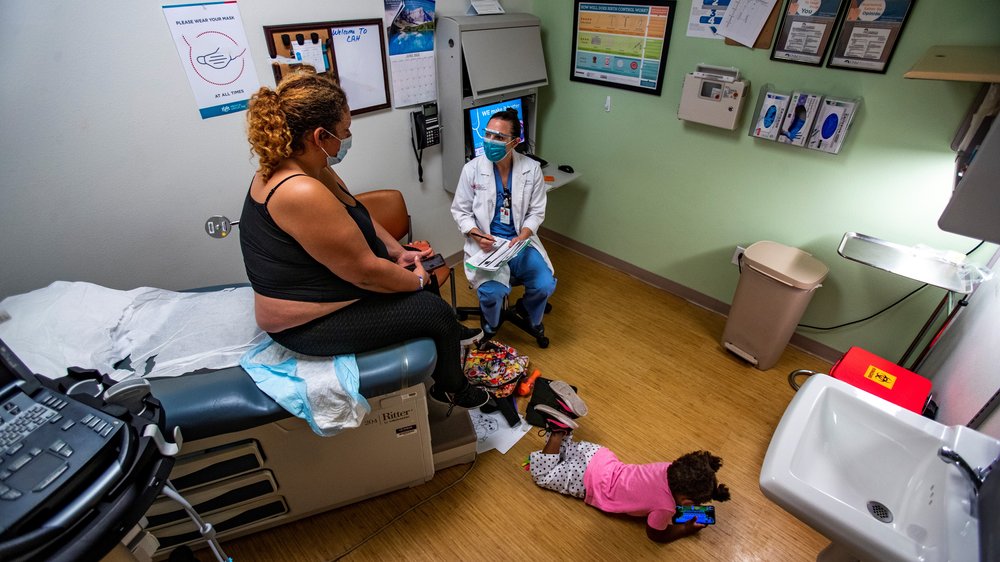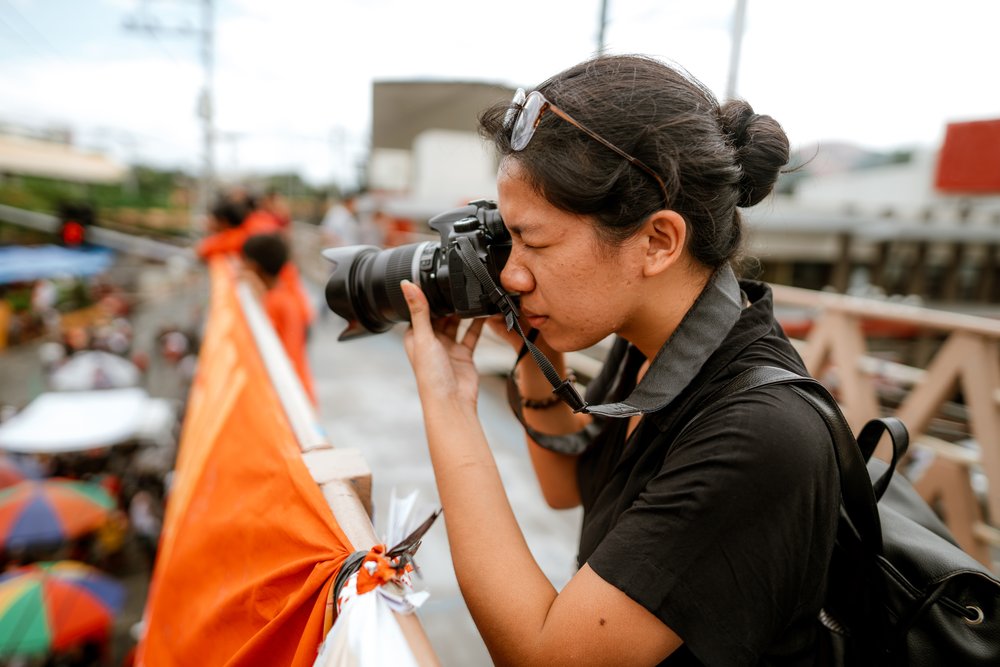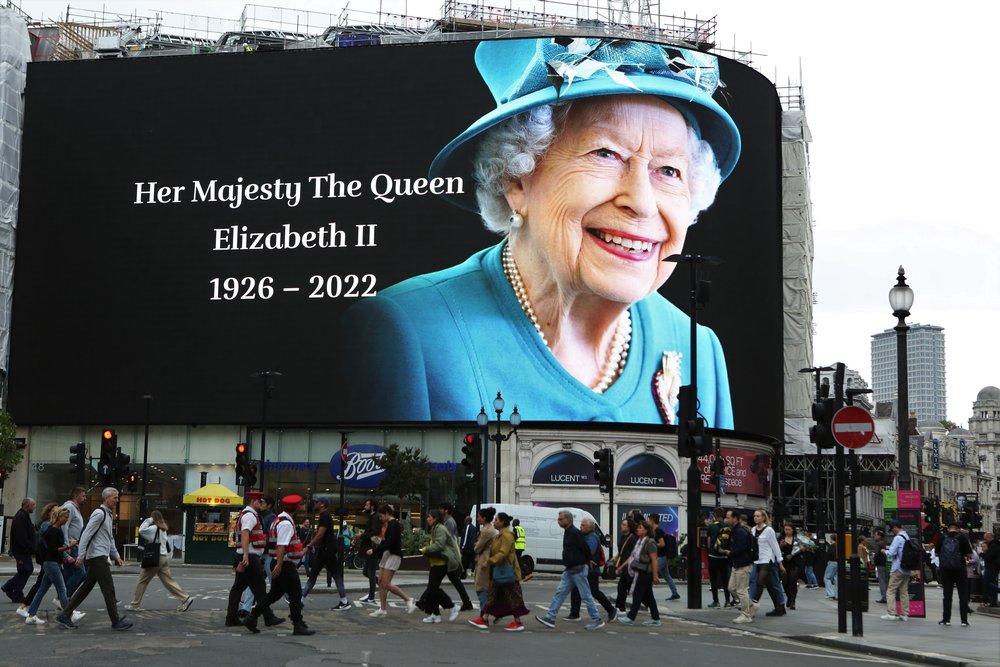It’s Time Reporters Re-Examine How They Cover Abortion

When the Supreme Court overturned Roe v. Wade this summer, it was important to examine what the media’s role had been in shaping narratives around abortion. Here, Şeyma Bayram, a Reflect America fellow at NPR, lists what journalists should consider when covering abortion rights going forward.
You Don’t Have To Go To J-school To Get a Journalism Job. But It Helps.

There has been much debate about whether it’s of any use to spend tens of thousands of dollars, sometimes hundreds of thousands, on prestigious journalism programs. In this piece, Claire Wang lays out the pros and cons of investing in J-school or honing a beat through experience.
‘Cakewalk,’ ‘No Can Do,’ and Other Harmful Language We Must Stop Using

We use so many idioms in the English language that sometimes we don’t even realize why we say what we say. But here’s a few to be mindful of, given their racist roots.
What the Queen’s Death Can Teach Journalists About Obituaries

When Queen Elizabeth died in September, the tributes poured in. But tributes are not obituaries, which should depict a public figure’s whole life and legacy. Newmark Journalism Professor Kovie Biakolo explains how journalists should “capture not just the dead’s historical record but the reach and impact of that record.”
Newsrooms Need To Hire More Working-Class Journalists

Oftentimes, we talk about diversity in terms of race and gender; sometimes sexuality and disability. But what’s often left out of the conversation is the importance of socioeconomic diversity. Here, Report for America member Amir Khafagy lays out how newsrooms miss stories when they’re packed with elite-educated staffers from non-working-class backgrounds.


